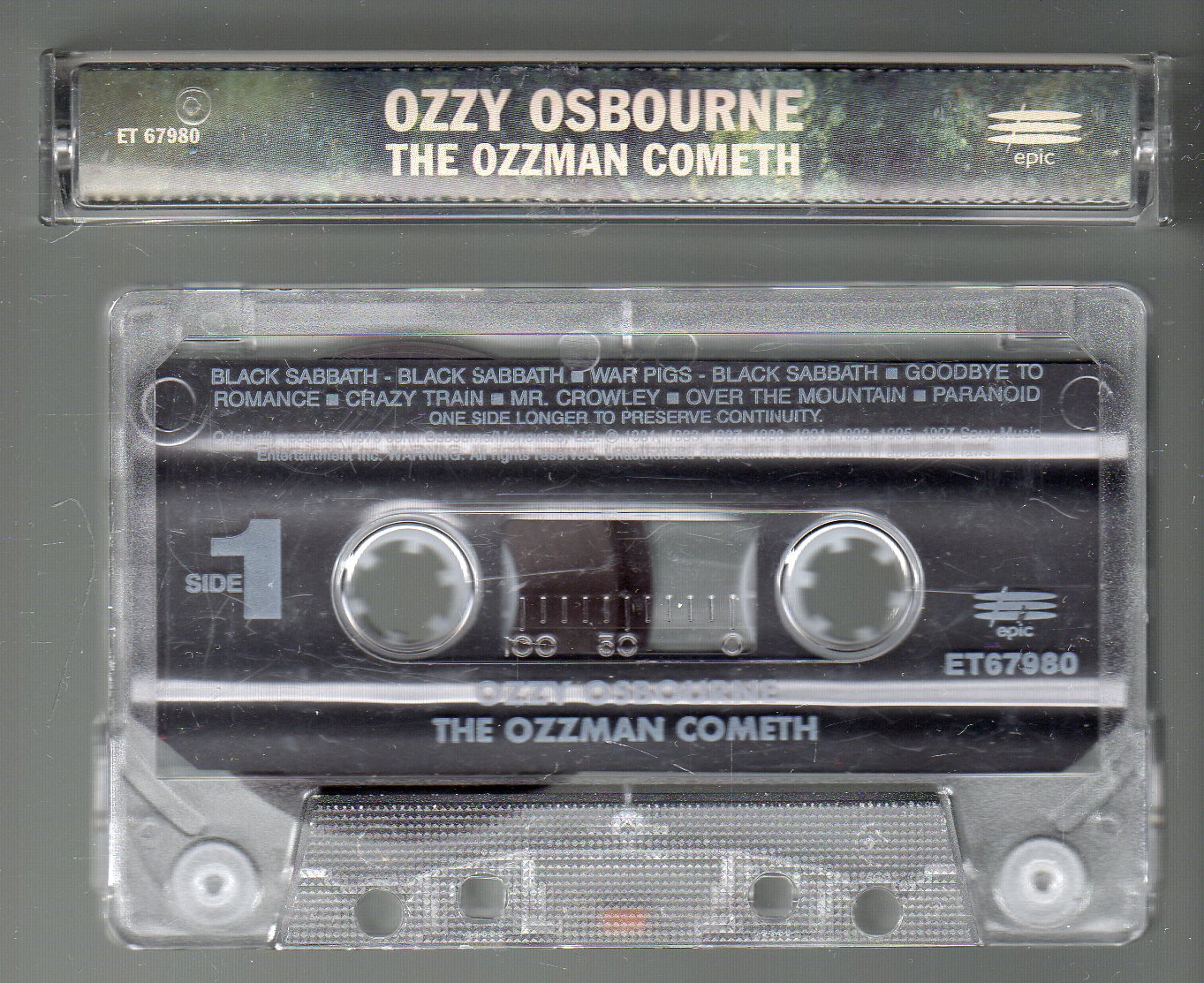
--> YouTube-Generated Transcript <-- · Introduction 0:00 · What happens when you find something you've never seen before? 0:04 · In 1991, hikers walking along the Tyrolean Alps stumbled across a mummified body. 0:10 · This body would later become known as, Ötzi the Iceman, one of the 0:14 · world's most famous mummies who lived and died 5,300 years ago. 0:19 · Next to Ötzi, they found his belongings. 0:22 · But this object piqued the curiosity of archaeologists because they had never 0:27 · seen this kind of artifact before. 0:29 · Hi, I'm Dr. Smiti Nathan, and I'm an archaeologist. 0:32 · In this video, we're going to explore this artifact and how 0:36 · researchers pieced together not only what it was, but how it was used. · Description 0:45 · When this object was initially found, researchers could tell it was a 0:49 · 12 centimeter long sharpened tool. 0:52 · When they did further analysis, they learned that this object was made 0:55 · from a piece of stripped European lime tretoucheur branch that had 0:58 · been sharpened at one end, similar to how a pencil would be sharpened. 1:02 · A fragment of black antler was then hammered into the core 1:06 · of the branch and is visible poking out of the sharpened end. 1:09 · Now, it's important to note that the black color of the antler. 1:12 · Likely occurred after the object was originally used. 1:16 · And this is likely due to chemical reactions that happen after the 1:20 · object was deposited into the ground. · Use 1:23 · Since this type of artifact was unknown before the discovery of Ötzi, the 1:27 · objects use initially puzzled researchers. 1:30 · Researchers did a series of experiments and scientific analyses to figure 1:35 · out what this was based on their research, they think this object 1:39 · was used to sharpen flint blades. 1:42 · They called it a retoucheur, which comes from its use in shaping 1:46 · and retouching flint tools. 1:48 · The retoucheur has helped archaeologists to learn more about the tools 1:51 · and methods used to make them. 1:53 · During Ötzi's time when making a stone tool, Flint material would first be 1:58 · roughly hammered into the desired shape. 2:01 · In this case, it was likely a blade. 2:03 · The retoucheur was then used to make the form more precise and sharp. 2:08 · When tools became blunt, the retoucheur was used to sharpen them. 2:12 · And when the retoucheur itself became blunt, the anther point was sharpened 2:17 · like a pencil, ready to be used again. · Outro 2:19 · Ötzi's mummified body and his belongings are located in the 2:23 · South Tyrol Museum of Archaeology. 2:25 · In addition to stone tools, Ötzi's clothing and undigested food 2:30 · remains in his intestines, help us reconstruct his life and death. 2:34 · You can learn more about this in our videos on lost socks and 2:38 · ancient diseases, both in which feature Ötzi, and are linked below. 2:42 · This video is part of our Artifact of the Day series where we take a quick look 2:45 · at one intriguing object from the past. 2:48 · If you're interested in watching another Artifact of the Day 2:51 · video, check out the video here.
I read something about they ran his DNA and he had decedents living down in the city near where he was found.
Interesting
My first guess would have been a pressure flaker used in flintknapping.
Hell, every flint knapper since the first one had something similar or exactly like that🤷🏼♂️
Pretty interesting.
Revealed a lot about flintmaking. Otzi was one of the skilled flintmakers.

***1:39 · was used to sharpen flint blades.***
BINGO! Flint knappers today use an instrument just like that with a point of copper. I made one with a brazing rod in the end. Copper and antler work the same way for sharpening flint tools.
https://i.ebayimg.com/images/g/d0wAAOSw~I5lwEQw/s-l1600.webp
So, Ötzi was the first to have one?
[Its all in the title. ;-D]